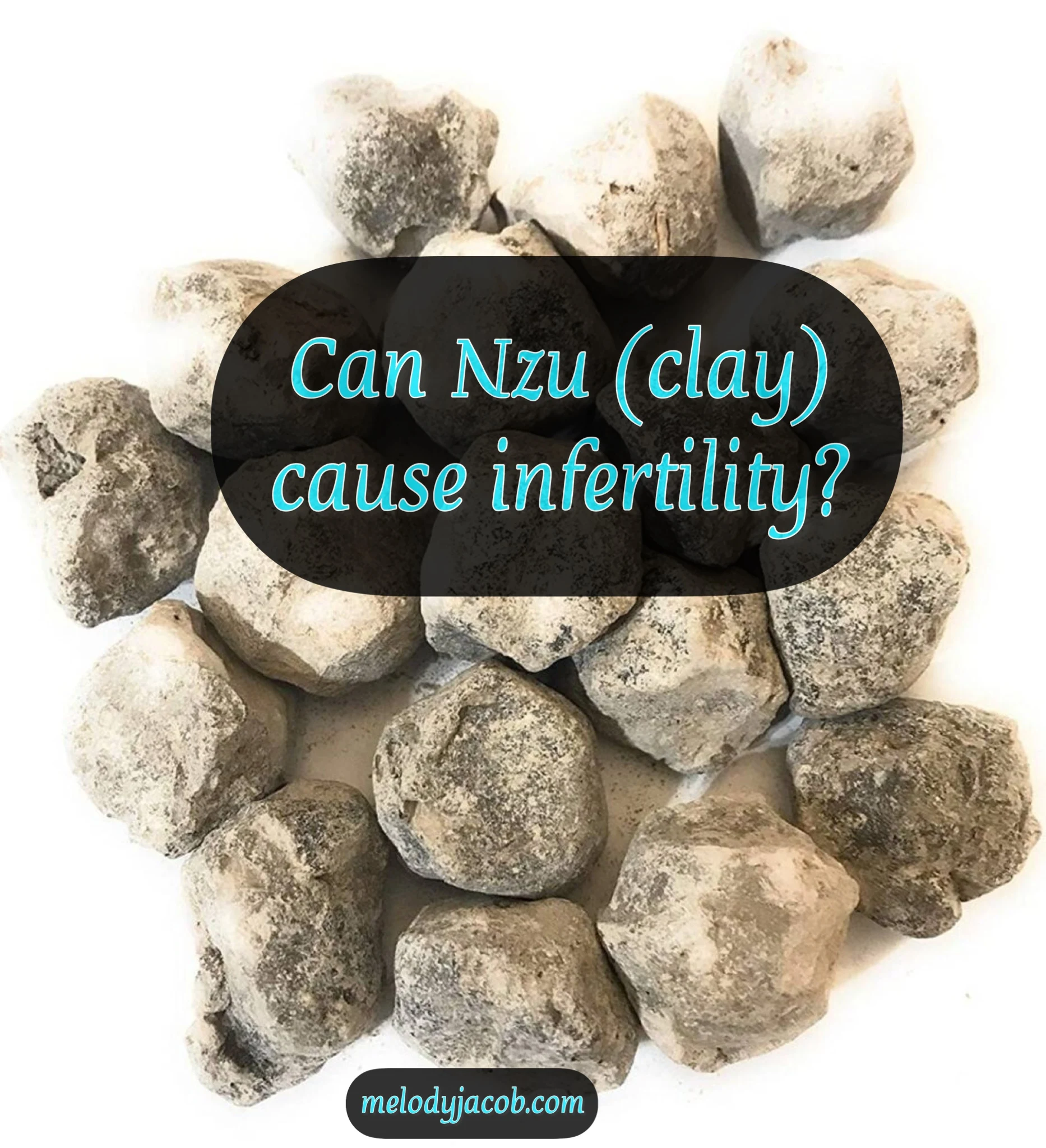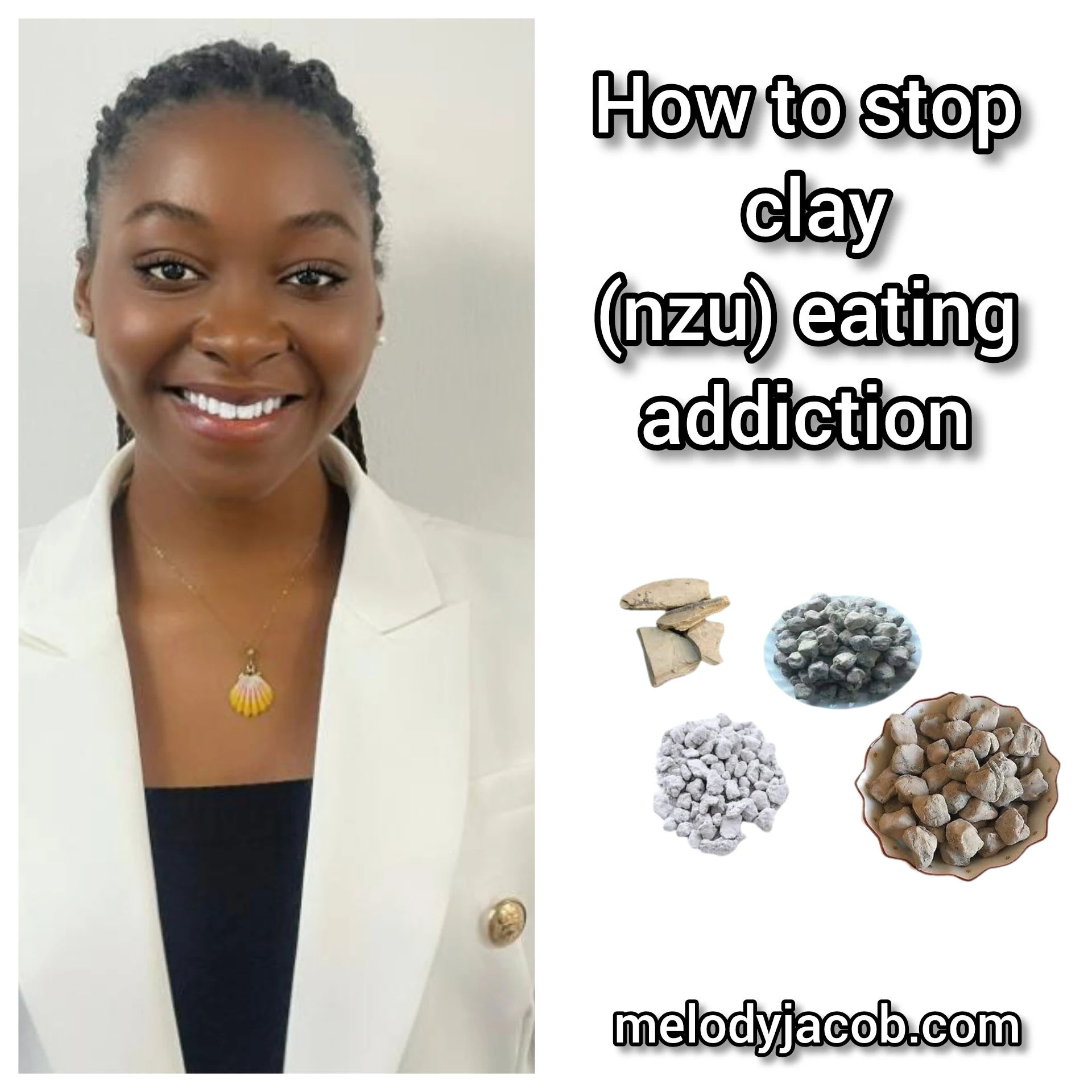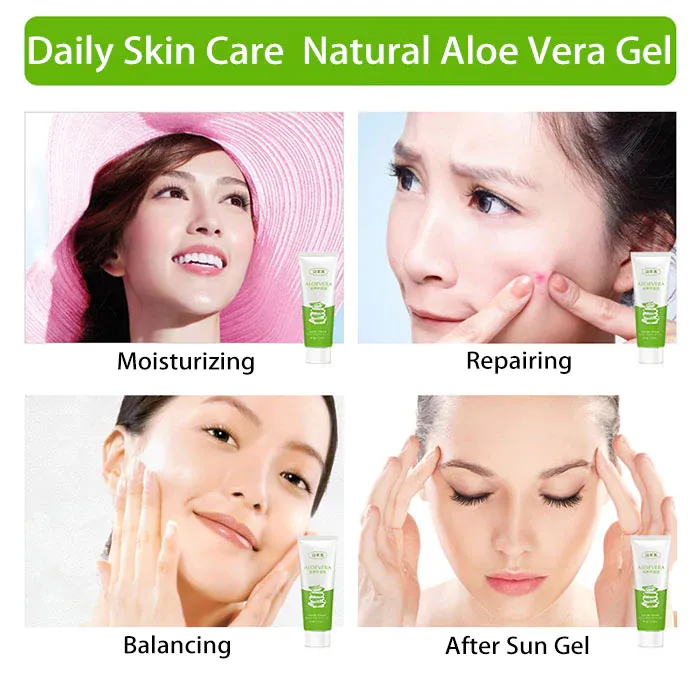Nzu addiction is not something to joke about because it is a silent killer, and a lot of people all over the world are beginning to search and find the article I wrote on how to break out of Nzu addiction and how Nzu affected my menstrual cycle and skin. With more health problems linked to it but little research, Nzu has emerged as one of the silent killers in Africa and around the world.
Most people only associate addiction with hard drugs such as cocaine, marijuana, Methamphetamine, Heroin, Hydrocodone, Oxycodone, Morphine, Fentanyl, etc., so today I will discuss how to know if you are addicted to Nzu and what changes you can observe to help you determine if you are addicted to Nzu.
Please read carefully.
1. If you eat Nzu.
If you eat nzu, then there is a high chance that you are addicted to it, and the reason is that nzu has no nutritional value. We fuel our bodies with the nutrients we get from food, but if you find pleasure in or feel at ease eating a substance that doesn't add nutritional value to your body but rather harms it in various ways, then you are struggling with addiction.
2. When you purchase it and store it for later consumption.
A lot of people say they are not nzu addicts, but they always buy Nzu and keep it inside their bag, work table, purse, at home, in their car, etc. They justify their actions and claim that they don't always eat it but just buy it so that when they feel like eating nzu (clay), they can just have one or two. Nzu is not a prescription drug that you need to take on a daily basis; therefore, if you purchase nzu in order to reserve it for future consumption or for when you crave it, you are addicted to nzu.
3. When you intend to eat one nzu and end up eating all of them, this is called the "chop one, chop two, chop all" syndrome. Every time you buy nzu, you say you will eat just one or two, but you end up eating all of them. You keep telling yourself, "Just one more," but in the end, you eat everything.
4. Making failed and false promises to yourself about stopping Nzu.
When you constantly tell yourself that this is the last time you will eat nzu. It all starts with you buying it and promising yourself that this is the last time. However, you end up eating more than you intended to, so you try to make yourself feel better by telling yourself that today is the last day once more. However, the next day turns out to be another last day, and the list of last days keeps growing.
5. Thinking about Nzu (Lusting to eat nzu)
When you suddenly find yourself thinking about Nzu.
6. Nzu as dessert (Eating nzu at the end of a meal)
When you have just finished a proper meal and have the desire to eat nzu to complete your meal, for a person struggling with nzu addiction, it is a dessert you eat at the end of your meal. You eat nzu because you feel as though your taste is lacking or incomplete.
7. When you have things that make you eat Nzu (Triggers)
When you have certain things that give you a craving for nzu. Most people haven't noticed it. People that eat Nzu can have certain smells or items that when they see make them crave and start salivating to eat Nzu. Breaking out of the Nzu addiction that affected my period, here are some triggers that always gave me the urge to eat Nzu: dry mud, the smell of firewood, the smell of cement, new building, some paints smell, the smell of burnt paper, ice block and smokey firewood cooked jollof rice.
8. When eating nzu gives you a feeling of satisfaction.
If when you eat nzu you get a feeling of satisfaction or calm then you are addicted to it.
9. Nzu causing arguments between you and people
When people start advising or cautioning you about your habit of eating nzu and you agree but keep doing it, disagree but keep doing it, or try to make arguments for why you don't think you're addicted because if you want to stop, you can stop, but you haven't actually tried stopping, but you keep making arguments and keep living in false denial.
10. When you have the above issue in number 9, you actually stop and start eating it again. Stopping and picking up a habit again doesn't mean you have control over it. Nzu is bad for you, so if you stop, it means you understand that it is bad, but if you stop and start eating it again, it means that you know and understand the disadvantages that it can cause to your health and the risk involved, but you are ready to forgo the harm caused by eating nzu.
8 comments

Firstly, I would like to say that most people draw conclusions about this topic from unexperimented and proven facts, which are based on some cultural beliefs that were never checked and have never been proven right.
Today, I will answer this question, which is one of the questions I get asked frequently. As a doctor, when analysing factors, you cannot leave out the contents. So, we will start by analysing the properties of Nzu.
Please keep in mind that Nzu is clay. So, what is clay?
Clay minerals (hydrous aluminium phyllosilicates, such as kaolin, Al2Si2O5(OH)4) are found in fine-grained natural soil material called clay.
Clays become plastic when wet due to a molecular film of water surrounding the clay particles, but they become hard, brittle, and non-plastic when dried or fired.
Although most pure clay minerals are white or light in colour, natural clays can have a wide range of colours due to impurities, such as a reddish or brownish colour from trace amounts of iron oxide.
Clay is the world's oldest ceramic material. Prehistoric humans discovered clay's useful properties and used it to make pottery. The first known writing medium was clay tablets, and some of the earliest pottery shards date back to around 14,000 BC. Clay (Nzu) is used in a wide range of modern industrial processes, including paper manufacturing, cement manufacturing, and chemical filtering. One-half to two-thirds of the world's population lives or works in buildings that use clay as a load-bearing structure, often baked into brick.
There are three types of clay: kaolinite, montmorillonite-smectite, and illite. Chlorite, vermiculite, talc, and pyrophyllite are also clay minerals. In these categories, there are about 30 different types of "pure" clays, but most "natural" clay deposits are a mix of these different types, as well as other weathered minerals. Rather than chemical or physical tests, X-ray diffraction is the most effective method for identifying clay minerals in clays.
What is the composition of clay?
Clay has high levels of iron, alkali metals, or alkaline earths. Aluminum hydrous-layer silicates, with magnesium and iron aluminosilicates present on occasion.
Alkali metals (lithium, sodium, potassium, rubidium, and cesium. Caustic metal oxides are formed when alkali metals react with air. When exposed to air at room temperature, the heavier alkali metals (rubidium and cesium) will spontaneously ignite.
Heat, hydrogen gas, and the corresponding metal hydroxide are produced when alkali metals react with water. The heat generated by this reaction has the potential to ignite the hydrogen or the metal itself, resulting in a fire or explosion. The heavier alkali metals will react with water more violently.
Alkaline earth are di-valent cations. Calcium and magnesium are common in ground water caused by water percolating through deposits of calcium and magnesium-containing minerals such as limestone, chalk, and dolomite. Ref: here.Both internally and externally, aluminium silicate can cause an allergic reaction. The compound irritates the skin when applied as a powder.
While no studies on internal consumption have been conducted, it is safe to assume that eating this powder can cause gastrointestinal distress. Keep in mind that aluminium silicate is used to keep materials from burning. It is not something you want inside of you. If you consume it, you will almost certainly vomit or need to go to the bathroom. Under no circumstances should you consume the powder. Ref: Naturalpedia.
Clay minerals are primarily composed of silica, alumina or magnesia or both, and water, but iron substitutes for aluminium and magnesium to varying degrees, and significant amounts of potassium, sodium, and calcium are also present.
There are 6 types of clay minerals: (1) kaolin-serpentine (kaolinite, halloysite, lizardite, chrysotile), (2) pyrophyllite-talc, (3) mica (illite, glauconite, celadonite), (4) vermiculite, (5) smectite (montmorillonite, nontronite, saponite), (6) chlorite (sudoite, clinochlore. These groups' information and structural diagrams are provided here.
My skin and menstrual cycle were affected by nzu, which is eating salted kaolin clay (geophagia). A lot of people reached out to me after reading my article on how nzu affected my skin and menstrual cycle. They asked how I was able to stop nzu addiction because they were also struggling. That’s why I’m sharing this article and urging everyone to read it.
You’ll be surprised at how many people struggle with this habit, and sadly, there’s no awareness to help reduce clay addiction. For those who don’t know, nzu is an edible clay eaten by people from different parts of the world. I used to think nzu was mostly eaten in Nigeria, but it’s not just a Nigerian thing. In Nigeria, it’s known by different names depending on the tribe, like ndom in Efik/Ibibio and eko in Bini/Edo, nzu in Igbo language and it’s also called calabash chalk. Generally, it’s edible clay.
Let’s dive into how to stop nzu addiction. Nzu addiction is common in Africa and other countries. In Nigeria, it’s overlooked because nzu isn’t categorized as a hard drug, and with everything going on, many health issues get ignored.
In this article, we’ll focus on how to break free from nzu addiction. I’ll cover the harm nzu causes to your body in another article. I’m being honest to give you a clear picture of how it starts and how to stop it.
Many young men, women, children, and even pregnant women eat clay. Some research claims clay is good for your health, but I don’t believe it. It’s contradictory to me. I don’t think the study was done right because it didn’t mention how much nzu matters or discuss its addictive nature, side effects, or health risks.
For many Nigerians, nzu addiction is inherited. For me, it started with errands to buy edible clay for my sister and seeing others eat it. For many kids, it’s their pregnant moms eating clay or seeing their family members eat it. A lot of people thought it was okay to eat nzu because they saw others doing it. This addiction also includes people with Pica, an eating disorder that makes them eat things with no nutritional value, like dirt, chalk, hair, paper, etc.
I started eating nzu at a very young age. If I remember correctly, I was about 6 years old. My friend’s mom was addicted to eating clay (nzu) and bought it in large quantities. She’d throw away the pieces she didn’t like in the field in front of her house. Since we were neighbors and I was friends with her daughter, we’d go and collect those pieces to eat. I started going there regularly and grew up eating nzu.
When I entered secondary school and moved into a boarding house, I began asking day students who came from home to help me buy edible clay almost every week. We’d sit down and eat the nzu together during our free time at the hostel. I even made friends just because they brought nzu to school. I started buying it myself too, since my father always gave me pocket money. By the time I finished secondary school, I had a severe craving or second-stage nzu addiction. When I went to university outside Nigeria, the main addictive cravings really kicked in.
A Step-by-Step Guide to Overcoming Nzu Addiction
Keep reading to learn how to stop nzu addiction.
I remember being at the metro station in Ukraine on my way to the university, and everywhere would start to smell of nzu. I’d have intense cravings and start imagining that the walls of the metro were made of nzu. I began asking around and buying from African shops in my city and other cities. I even asked people coming from Nigeria or any part of Africa to bring me salted clay (nzu). I even dreamed of starting my own nzu company and making mixtures to suit different people’s tastes, like strawberry, orange, and other fruit flavors.
I started adding nzu to my food, especially jollof rice. When my food was hot and steamy, I’d place the nzu under the food so the steam would heat the clay and mix its aroma with the jollof. The smell of the clay was so satisfying. I’d eat nzu and then drink very chilled iced water or hot coffee. Even with a limited supply of nzu, I would get really happy whenever someone gave me some and protect it like it was a precious stone. I’m not exaggerating.
I started getting advice from friends about how bad nzu is. Sometimes I’d take their advice, but other times I’d continue eating it. I even lied to them, saying I had stopped while I was still taking it. Eventually, I realized something was wrong because I would just sit and start perceiving the smell of nzu. My brain was recreating that smell, and I’d have an immediate urge to have it. I decided to stop, and here’s how I was able to achieve that.
Wondering what Nzu is? The English name is (Calabash chalk). It is a geophagic material popularly consumed in West African countries for pleasure, and by pregnant women as a cure for nausea.
Geophagia is the practice of eating the earth, including soil and chalk. This act can expose the consumer to toxic substances and parasites found in the ingested earth. #WIKI
My Nzu consumption increased when I travelled back to Nigeria, and this is because it was readily available and I ended up abusing it. Honestly, I can say I ate nothing less than 150 pieces of Nzu in the space of two months. After a few months, I got back to Europe, and everything started falling apart.
1. Firstly, I started noticing some changes in my menstrual cycle, like heavy flow (I used an average of 13 sanitary pads in 2 days), menstrual pain, and acne. Before now, I had never experienced such changes.
1. Firstly, I started noticing some changes in my menstrual cycle, like heavy flow (I used an average of 13 sanitary pads in 2 days), menstrual pain, and acne. Before now, I had never experienced such changes.
2. Next, it was my skin; it got really dry and started to itch as a result. So I had to increase the amount of cream I applied, take more water, and eat more fruits to help my skin.
The reason is that without proper water consumption, our skin dries off because water is needed to moisturise it. Nzu is clay, and clay is thick, so much water is needed for its absorption in the body.
At this point, I understood what the cause of the problem was, but I couldn't stop because I was probably "addicted," or so to say, "an Nzu junkie."
I tried various skin products but they made the condition of my skin even worst. If you are following me on Instagram, you will be aware that I had a 6-day trip. I was planning to visit the dermatologist after I got back from this trip (which I will be sharing soon on the Blog). During my trip I maintained a healthy diet, I was so mindful of what I ate because I was trying to avoid having diarrhea. So indirectly my skin improved because I maintained a healthy diet.
Subscribe to:
Posts (Atom)




